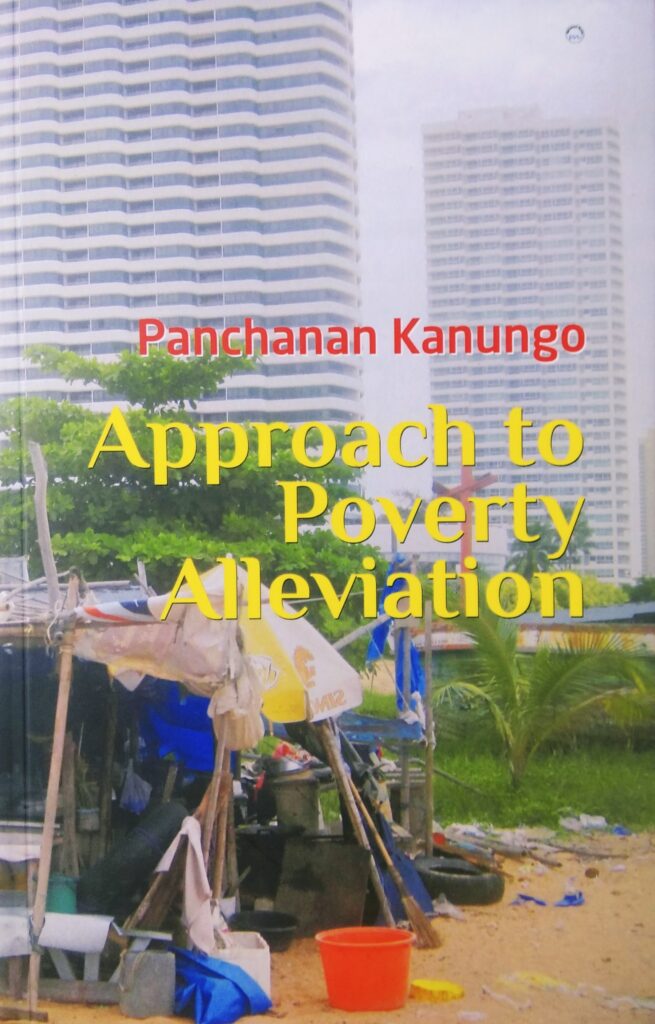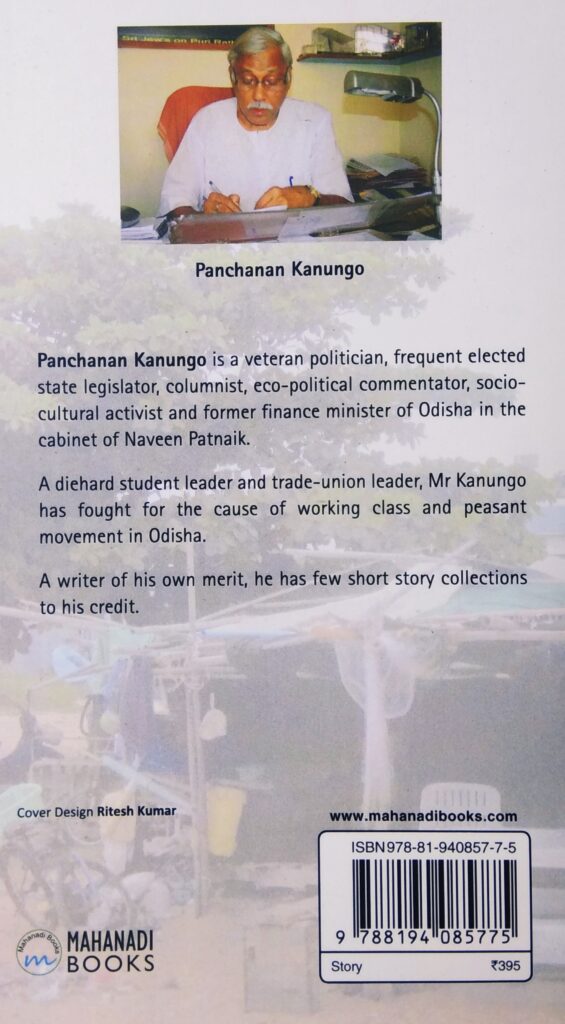Bhaskar Parichha

Panchanan Kanungo is many things to many people. Lately, he has been less of a politician and more of an activist-writer. Besides writing regular columns in newspapers, Kanungo has authored a couple of books on a range of subjects.
Over the years, and ever since he is out of active politics, Kanungo has been critical of Naveen government’s policies. As a matter of fact, he has become a lone voice in talking about all that is wrong in Odisha. Not a rabid critique of the government certainly; yet Kanungo holds out his arguments based on sound theory. He isn’t being unnecessarily judgmental without rock-solid grounds.
Just as he is a many-sided personality – student leader, trade union leader and sympathizer of the peasants and the working class, his writings too have been all-encompassing.

The book under review ‘Approach to Poverty Alleviation’ (Mahanadi Books, Bhubaneswar) is not only well-timed, but it also fills a big gap. What is noteworthy is, Kanungo has dwelt upon the subject as a Pan-Indian phenomenon and, so, the study is not limited to Odisha. Moreover, Panchanan Kanungo’s stint as Odisha’s finance minister has given him much-needed exposure to the subject. Kanungo writes in the preface, ‘the concept of poverty, over the years, has been analyzed only through a uni-dimensional approach based on income and consumption, but fails to provide a real picture of the problem.’
Divided into ten chapters, the first chapter defines poverty in its various dimensions. Kanungo’s argument is that poverty can manifest in tens of ways and to limit it to only deprivation is to miss the point. Taking a cue from experts on poverty and economists alike, Kanungo is of the view that poverty also gives rise to crime, terrorism insurgency, secessionism and jingoism.
The second chapter deals with the base and basis on which poverty is calculated. The other chapters discuss the broad trends of poverty and the dilemmas therein. Schemes and subsidies of different governments to attack poverty come into the scanner in the subsequent chapter. The fifth chapter deals with the causes of inequality and the imbalances which have a direct bearing on poverty. The chapter on the paradox of development brings into focus the much-discussed Gujarat and Kerala model.
In Kanungo’s analysis of poverty alleviation, growth has certainly a role but it has to be what he calls ‘sarbangin unnati’ or all-round development. Upward mobility and optimum utilization of human resources is paramount to reduce poverty says the book with a good number of data. The volume also talks about democratic order and gives examples of how different state governments have been overworking to get away from the stigma of poverty.
Is there at all a strategy to address the problem of poverty and, if so, what exactly needs to be done? Kanungo sees five possible way outs to end poverty: Health Security, Job Security, Knowledge Security, Social security and Food Security. With the help of a couple of matrixes, Kanungo says that the rise in the purchasing power of people is what is needed to do away with poverty. The book concludes by saying that ‘poverty anywhere in the country is the concern of the entire nation. So Central government intervention is necessary for optimal resource allocation and redistribution.
With skewed growth and poverty still remaining a challenge for both the center and the state governments, this book is a veritable source of statistics on India’s poverty. The book will be of immense help for teachers, students, and policymakers working on poverty alleviation.
‘Approach to Poverty Alleviation’
Panchanan Kanungo
Mahanadi Books
Old Town, Bhubaneswar






















